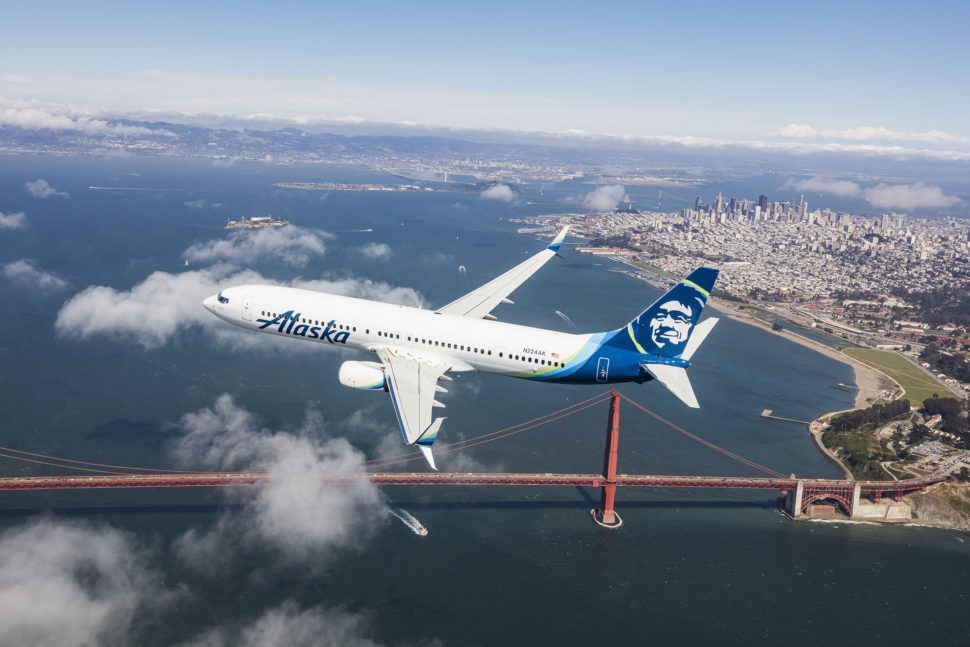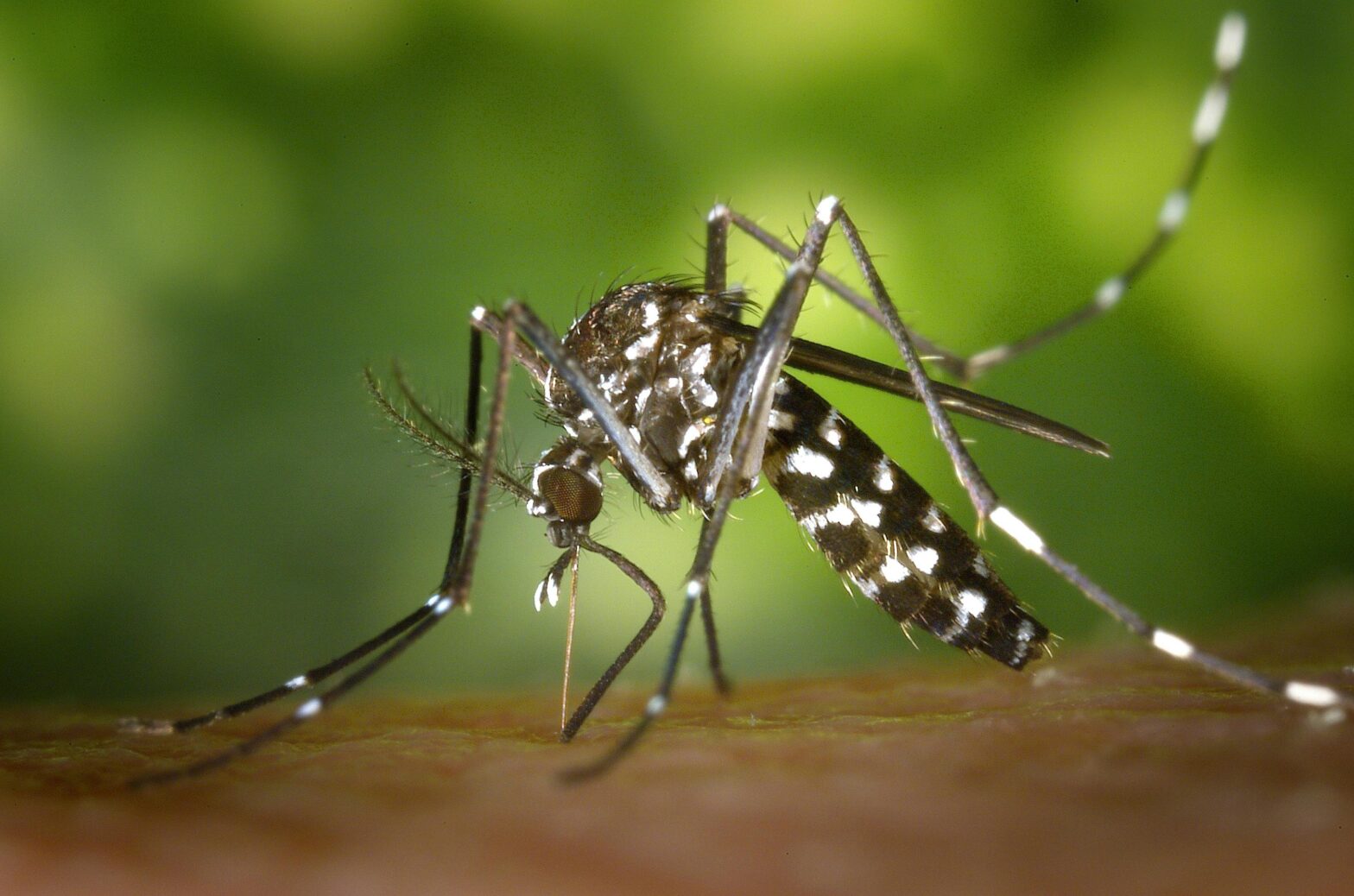What is a dutch roll on a plane? In the realm of aviation, few phenomena are as intricately fascinating and crucial to understand as the Dutch roll. This aerodynamic dance involves a combination of yawing and rolling oscillations that can be both mesmerizing and hazardous if not properly managed. Let’s delve into what a Dutch roll is, and explore its significance in light of the recent Boeing southwest incident that has captured the attention of the aviation community.
What Is A Dutch Roll?

A Dutch roll is a complex motion that can occur in aircraft, characterized by a coupled oscillation of yaw (side-to-side movement) and roll (tilting side to side). Imagine a plane wagging its tail while rocking its wings in an alternating pattern. This motion is named after the Dutch ice skaters’ roll motion, as it resembles the elegant yet controlled side-to-side movements of skaters on the ice.
The Dutch roll typically occurs due to a balance between the aircraft’s yaw stability (directional stability) and roll stability (lateral stability). If an aircraft is disturbed from its straight flight path, these forces can cause it to enter into a series of oscillations. While modern aircraft are designed with features like yaw dampers to mitigate these oscillations, the phenomenon can still occur, especially under certain flight conditions or in the event of system failures.
The Recent Boeing Incident: A Case Study

The dutch roll is a natural mode of motion that all aircraft experience to some degree due to aerodynamic forces and design characteristics. However, it becomes problematic when the oscillations grow to an uncontrolled point, making the aircraft very difficult to fly stably.
On May 25th 2024, a dutch roll event happened while a Southwest Airlines Boeing 737 Max was traveling from Phoenix to Oakland at a height of roughly 34,000 feet.
The aircraft managed to finish the trip, although the move caused “substantial” damage to the tail portion, according to the Federal Aviation Administration. It was only after a post-flight check that the damage was found. There was damage to the standby power control unit (PCU) of the rudder. If the primary rudder power unit fails, the standby PCU serves as a backup system. The maneuver did not result in any reported injuries.
The Importance Of Understanding Dutch Roll

Recent investigations into the tragic crashes of Boeing’s 737 MAX aircraft have highlighted how issues with the Maneuvering Characteristics Augmentation System (MCAS) may have played a role in inducing a severe dutch roll situation.
The MCAS on the 737 MAX was designed to automatically push the nose down in certain high angle-of-attack flight scenarios to prevent stalls. However, it appears that a sensor failure may have caused MCAS to activate at the wrong times and overcompensate, forcing the nose down excessively. This could have induced a dutch roll motion from which the crews struggled to recover.
Proper training on recognizing and recovering from such upsets is crucial. However, the staggering forces involved in an extreme dutch roll can easily overwhelm a pilot’s ability to maintain control using just manual inputs.
While the investigations are still ongoing, these incidents underscore the importance of thoroughly vetting flight control software and providing pilots with comprehensive training to handle hazardous flight regimes like a severe dutch roll. Aerospace engineering must ensure aircraft remain controllable even in worst-case scenarios.
For aviation professionals, understanding Dutch roll is essential for several reasons:
Safety: Pilots must be adept at recognizing and responding to Dutch roll to maintain control of the aircraft and ensure passenger safety. Training programs often include simulations of such scenarios to prepare pilots for real-world situations.
Design: Aircraft engineers continuously strive to enhance stability and control features to minimize the risk of Dutch roll. Innovations in materials, control systems, and aerodynamic designs contribute to safer and more reliable aircraft.
Maintenance: Regular checks and maintenance of systems like yaw dampers are crucial to prevent incidents. The recent Boeing case underscores the need for rigorous inspections and timely repairs to critical components.
People Also Ask

Why is it called a Dutch roll? Wikipedia states: “There is uncertainty over the origin of the name Dutch roll. That being said, it’s possible that the term “Dutch Roll,” which was first used in 1916 to describe repeatedly skating on the outside edge of one’s skates to the right and left (analogous to the motion described for the aircraft), was taken from a reference to a motion that appeared similarly in ice skating.
How can one fix a Dutch roll? When it comes to Dutch roll, the majority of contemporary aircraft don’t need any assistance because the oscillations usually terminate on their own. Nonetheless, an incorporated yaw damper can be utilized to mitigate this phenomenon in the event that an aircraft is vulnerable to it. These parts function as automated rudder pedals, maintaining the levelness of the wings by utilizing data gathered from accelerometers and other sensors. In the event that a yaw damper is not installed, the pilot can manually correct the aircraft by using the rudder controls.
When was the first Dutch roll incident? One particularly noteworthy first instance of Dutch roll is the 1955 Boeing 707 prototype mishap. Thankfully, during a demonstration flight, pilot Tex Johnston restored control. Because of this, yaw dampers were shown to be necessary, and subsequent aircraft models were designed with more sophisticated stability systems.





